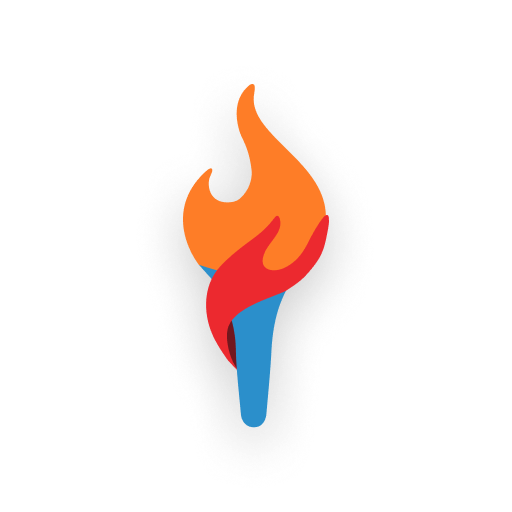Why I Joined Hypandra
From Strategy to Startups
People ask why I left a stable job to co-found this project. The answer: I believe in the product, in what it’s capable of, and in the vision behind it. Daniel's vision for Hypandra, and that we've now extended together, aligns with my values around AI, technology, and education.
For the past seven years, I worked as a strategic client account manager in healthcare technology—building high-level partnerships, expanding digital solutions, and solving complex problems across large health systems. My guiding principle was simple: Embracing technology that centers the patient and human experience.
Before that, I worked in education, first, as an educator, eventually leading schools and supporting teachers. There, my focus was on students: helping them build the capacity to ask questions, think critically, and push through failure. Both of these journeys heavily informed my view of technology and how embracing it correctly can pay dividends for the people it's meant to support.
The Problem with Fast Answers
AI delivers shortcuts in spades—instant answers to even your most complex questions. That’s powerful, but it’s also risky. Every transformative technology has outsourced certain human skills, and often those are trade-offs we have learned to manage. I don’t remember phone numbers anymore, aside from a few from childhood, and I don’t need to—that’s what technology is for. But AI is different. It threatens to hollow out the very skills we can’t afford to lose: curiosity, critical thinking, and the resilience to fail and try again.
When AI gives an answer that’s “close enough,” the friction that comes from being wrong and trying again disappears. Without that struggle, people lose the second-nature ability to evaluate information, detect faults in reasoning, and defend their own ideas.
A Tool as Counterbalance
I’ve seen firsthand how AI enhances productivity. At my previous company, I participated in an early beta program for emerging AI-powered productivity tools and I was amazed at how much more efficient it made me. But it worked because I already had those foundational skills. The current AI tools on offer don't build those skills—they replace them (often poorly).
That’s where this project comes in. Just as I kept patient care at the center in healthcare, and student growth at the center in education, I want to keep humans at the center as we embrace AI. This tool isn’t about resisting technology. It’s about directing it—pushing the current in a way that preserves what makes us human.
Why Hypandra Matters
When I first saw the demo of Hypandra, I knew it was different. This wasn’t another tool chasing automation. It was designed to make people think, to keep curiosity alive, and to use AI in ways that enhance our skill set instead of replacing it.
That’s why I joined. Because if we’re going to live in a world saturated with AI, we need tools that don’t just make life easier. We need tools that we can direct towards making us sharper, more thoughtful, and more curious.
